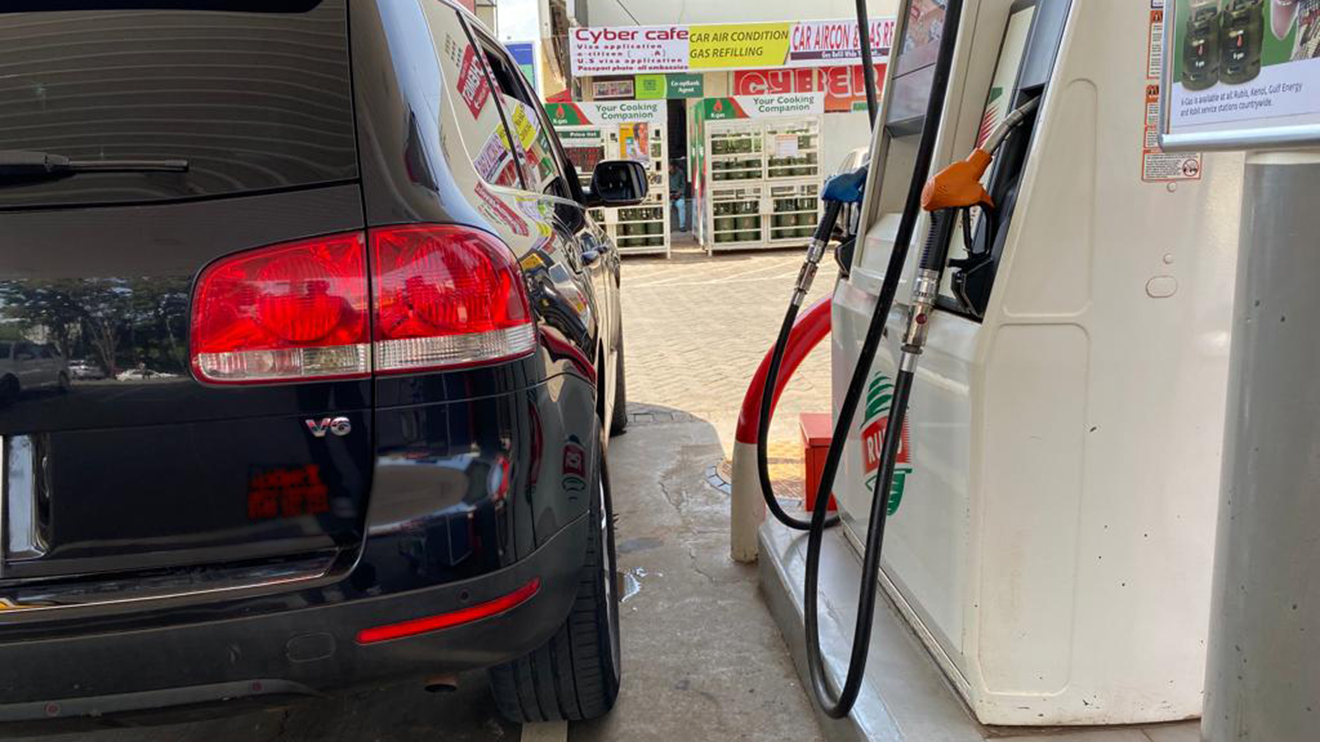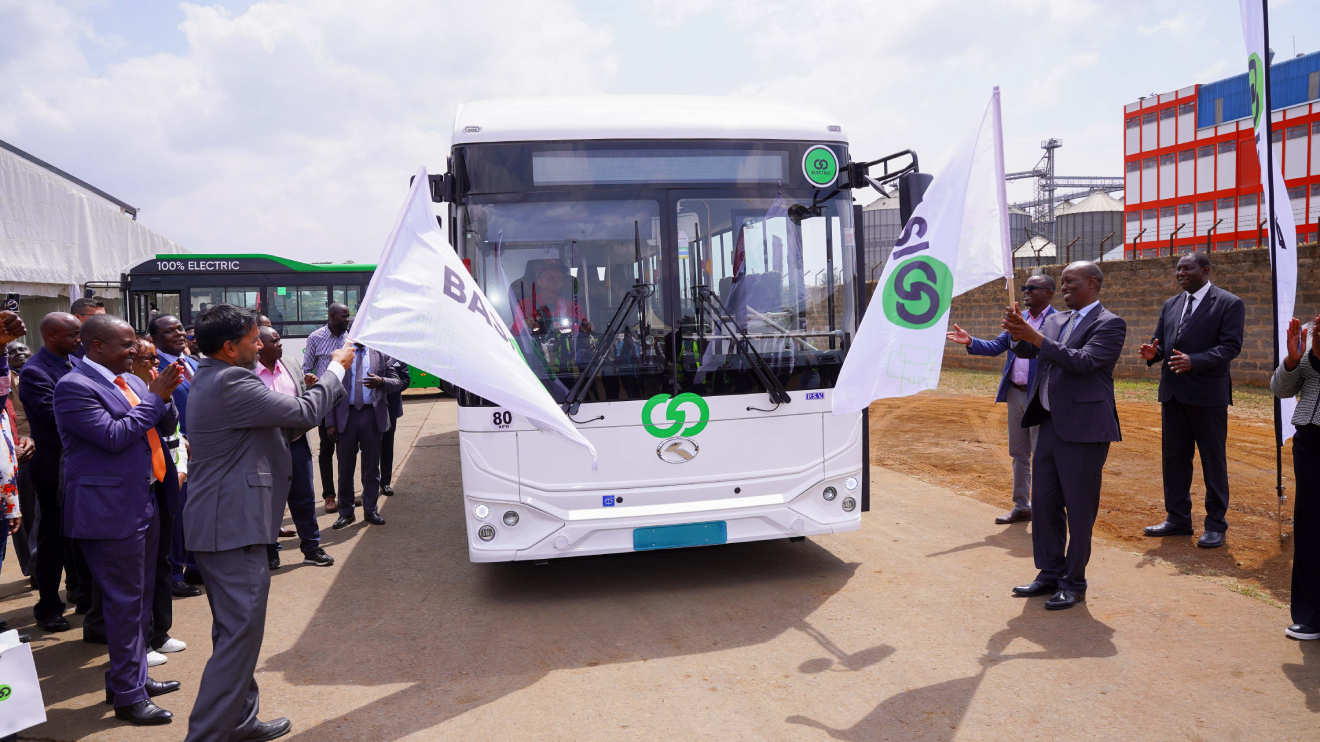In a country where the cost of fuel is already felt with each kilometre driven, the Kenya Revenue Authority (KRA) is preparing to launch a digital system that would monitor every litre of fuel purchased.
Though aimed at bolstering tax compliance, this initiative is stirring more than curiosity, especially among Kenyans who already feel the weight of an economy becoming harder to navigate by the day.
The KRA’s latest move promises efficiency and improved VAT tracking—but at what cost?
This proposed system, eTIMS (Electronic Tax Invoice Management System), would require motorists to enter their KRA PIN at the pump.
Read More
This move isn’t just a tax measure; it’s a story of technology meeting the everyday life of ordinary Kenyans in a way that many may find intrusive.
For every transaction, drivers would receive a real-time, eTIMS-generated invoice, ensuring that each fuel sale is recorded, and VAT compliance is tracked with precision.
“To streamline VAT on petroleum products, KRA is in the preliminary phase of implementing electronic tax invoicing at fuel stations through eTIMS fuel stations system integration. This will allow the ability to validate invoices or receipts in real time to facilitate tax refunds,” the authority noted.
Hakamba Wangwe, KRA’s chief manager for eTIMS, detailed the system’s technological backbone, which links fuel pumps directly to point-of-sale registers.
“There is a fuel forecourt solution that we are already piloting among fuel stations. Basically, this solution provides for a situation where eTIMS is integrated at the pump linking the fuel dispenser with the point of sale,” Wangwe explained.
Pilots are currently underway, and with three software providers already on board, a full rollout is expected by June 2025.
But not everyone is see
ing these developments as a win. For many Kenyans, any new system that touches fuel prices, even indirectly, raises concerns.
In a climate where everyday costs already push budgets to the limit, the notion of yet another monitoring system feels like an additional squeeze on wallets that are already stretched thin.
And this isn’t the only initiative on the horizon—starting January 2025, KRA plans to monitor all mobile phones, hoping to further close loopholes and boost tax compliance in the telecommunications sector.
While the KRA stands firm on the benefits of the eTIMS system and mobile tracking, many Kenyans can’t help but wonder how much more they’ll be asked to bear in the name of tax compliance.
For now, the initiatives remain in their early stages, yet their potential ripple effect is already making waves.
The move, intended to close gaps in tax compliance, could well face backlash from a populace already stretched thin, now confronted with the prospect of additional monitoring.
Yet, as the country braces for these shifts, one question lingers: will these measures, born from the intent to secure tax compliance, only add weight to the load Kenyans are already bearing?
The answer remains to be seen – but there is little doubt that these new tax reforms will be met with both apprehension and scrutiny.







-1757663582.jpeg)
